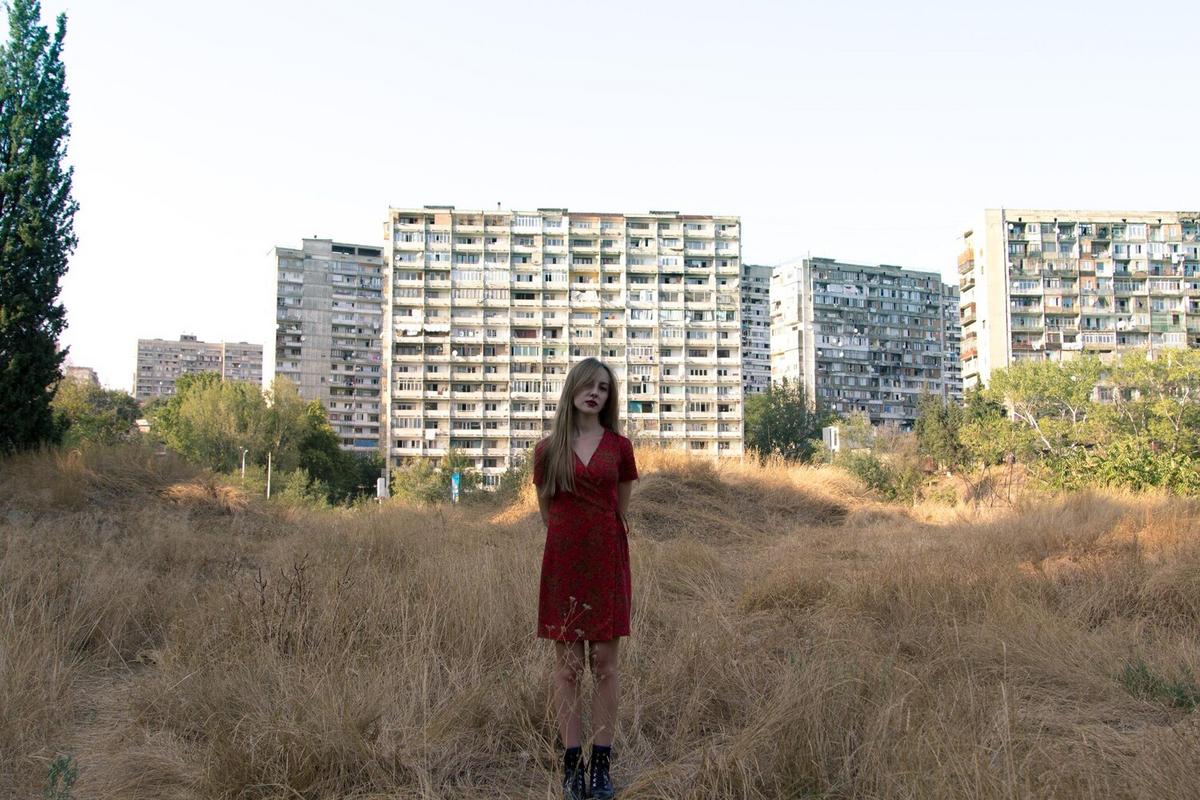
Analyzing Urban vs. Rural Real Estate Market Dynamics
Navigating the complexities of real estate markets can often feel like deciphering a complicated map, especially when comparing urban and rural dynamics. Each market offers unique opportunities and challenges, influenced by factors such as location, demand, and lifestyle preferences.
Understanding the differences between urban and rural real estate markets is crucial for investors, homeowners, and industry professionals alike. As urban areas continue to grow and expand, rural regions offer an alternative that is increasingly attractive to certain demographics. This article delves into the dynamics of both markets, providing insights that are actionable and informative.
Urban Real Estate Market Dynamics
Urban real estate markets are characterized by high demand, limited space, and often higher prices. According to a report from the Urban Land Institute, over 70% of the global population is expected to live in urban areas by 2050, which underscores the growing demand for city living. Urban markets tend to be more competitive, with buyers and renters often facing bidding wars and limited availability.
“Urban areas offer the convenience of proximity to amenities and job opportunities, which are key factors driving demand,” notes James Smith, a renowned real estate analyst.
Rural Real Estate Market Dynamics
Conversely, rural real estate markets typically offer more space and affordability. A study by the Rural Policy Research Institute found that rural areas have experienced a steady increase in population as remote work becomes more feasible. This shift is partly due to individuals seeking a quieter lifestyle away from the hustle and bustle of city life.
Comparative Table of Urban vs. Rural Real Estate
| Feature | Urban Market | Rural Market |
|---|---|---|
| Population Density | High | Low |
| Property Prices | Higher | Lower |
| Space Availability | Limited | Abundant |
| Job Opportunities | More | Less |
| Community Vibe | Fast-paced | Tranquil |
| Transportation | Public transit | Private vehicles |
| Development | Rapid | Slow |
| Natural Surroundings | Limited | Extensive |
Expert Insights
Real estate expert, Emma Johnson, highlights that “the rise of remote work is a game-changer for rural real estate, opening up opportunities that were previously limited by geography.” This trend suggests that rural areas may see increased investment as more people seek homes that offer both affordability and a better quality of life.
Actionable Tips for Buyers and Investors
- Research local market trends and demand forecasts for both urban and rural areas.
- Consider the impact of remote work on location preferences.
- Evaluate infrastructure developments that could affect property values.
Frequently Asked Questions
Is investing in rural real estate less risky?
While rural markets can offer more affordability, it’s essential to consider factors such as economic stability and infrastructure development in the area.
How does remote work influence real estate trends?
Remote work has made it feasible for more people to live outside urban centers, shifting demand towards rural areas.
Conclusion
The dynamics of urban and rural real estate markets are distinct yet interconnected, each offering unique opportunities. As the landscape of work and living preferences continue to evolve, understanding these dynamics is key to making informed decisions. Whether you are looking to invest, buy, or simply understand the market better, staying informed is your best strategy.


